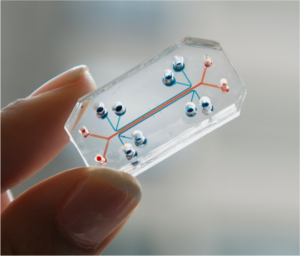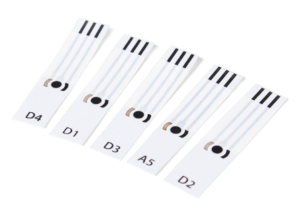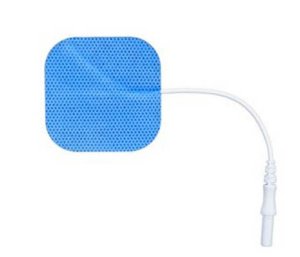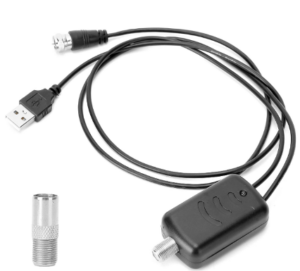SafeFoodDetector (SFD) incorporates cutting-edge technology and modular engineering to offer a highly accurate and rapid food contamination testing solution. Below is a clear and precise description of the technology and engineering behind the SFD product:
Innovative Lab-on-a-Chip Technology:
- SFD’s core technology is based on a lab-on-a-chip, a miniaturized device that integrates complex laboratory analyses into a single, compact chip.
- This technology condenses the testing process, resulting in several significant advantages, including reduced sample size, shorter reaction times, high throughput, automation, and portability.

Modular Design for Improved Efficiency:
- The engineering of SFD follows a modular design approach, with individual components designed and tested separately before integration.
- This modular approach offers several benefits:
- Ensures proper execution and adherence to the Technology Readiness Level (TRL) standard, allowing for benchmarking and evaluation of each section independently.
- Simplifies error identification and troubleshooting. Isolating errors to specific components streamlines the process and makes it easier to find and fix issues.

Hardware Components
- SFD’s hardware is designed for efficiency and precision. It includes key elements like Electro Chemical Bio Sensors and Finger Electrode Micro types.
- The design is focused on obtaining impedance changes based on the data sensed by the biosensors. Each biosensor is equipped with an electrode.
- Impedance changes are measured in micro-ohms, with a particular focus on the smallest meaningful changes.


Testing Process
1.The food sample to be tested is injected in liquid form into the device, ensuring uniform sample sizes.
2.The input wires connect to sensors that measure the impedance, and these measurements can be as small as micro-amps.
3.Sensors are placed at equal distances from each other, and the liquid sample passes through small sensor plates in the micrometer range.
4.The surface of the sensors is kept smooth to enable proper placement of the liquid sample.
5.The impedance changes occur due to the presence of anti-bacterial materials. The changes are caused by small electrical variations between the plates, which are connected to a 5V power source and output signals.
6.The system detects and quantifies these impedance changes.

Amplified Signal Transmission
- The weak electrical current generated by the sensors is amplified for data acquisition.
- Collected data is transmitted via a data transmission cable to a computer through a USB port.
- SFD’s dedicated software displays the results graphically, allowing users to monitor impedance differences over time.

Gold Sensors for Precision
- Gold is chosen as the material for the sensors due to its excellent conductivity, allowing for high accuracy and speed in obtaining results.
- Despite the use of gold, the design aims to keep the product’s price competitive compared to alternatives.

